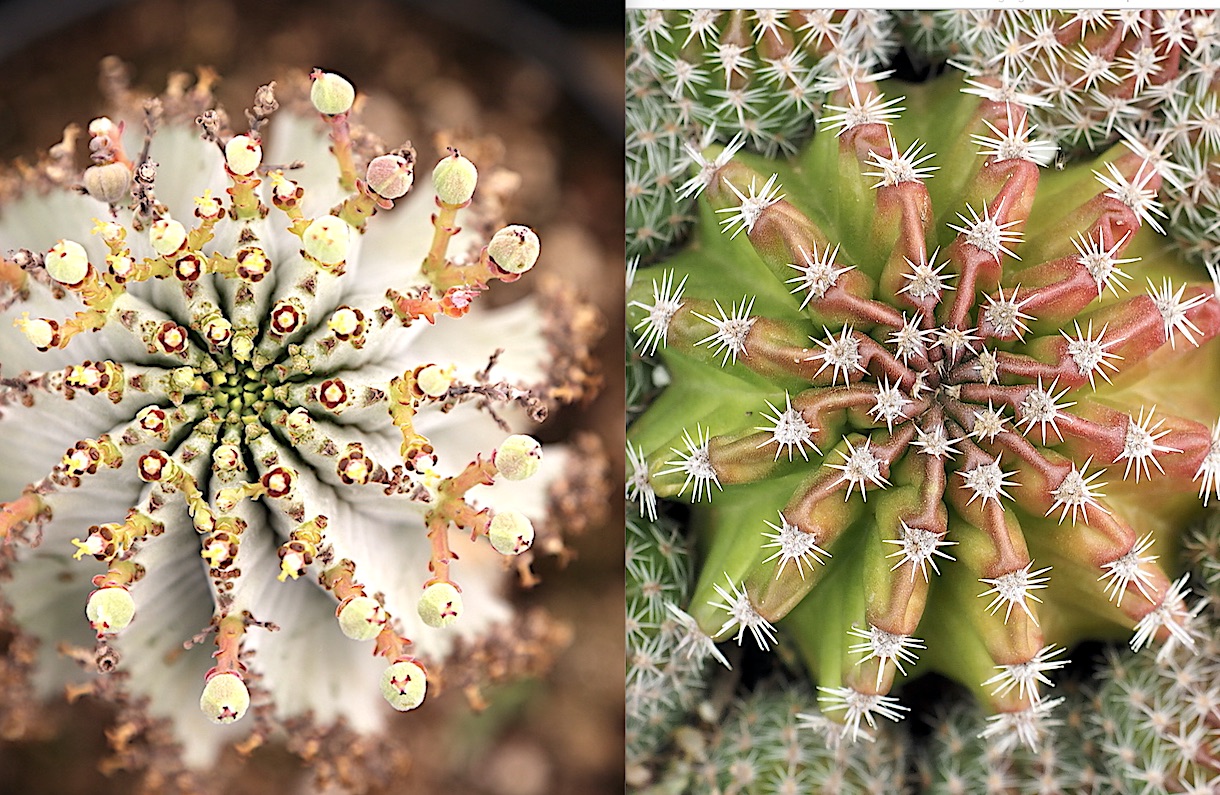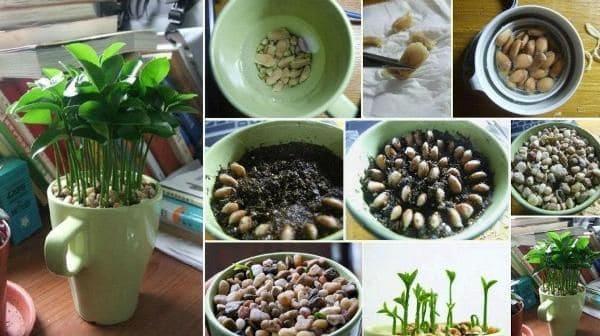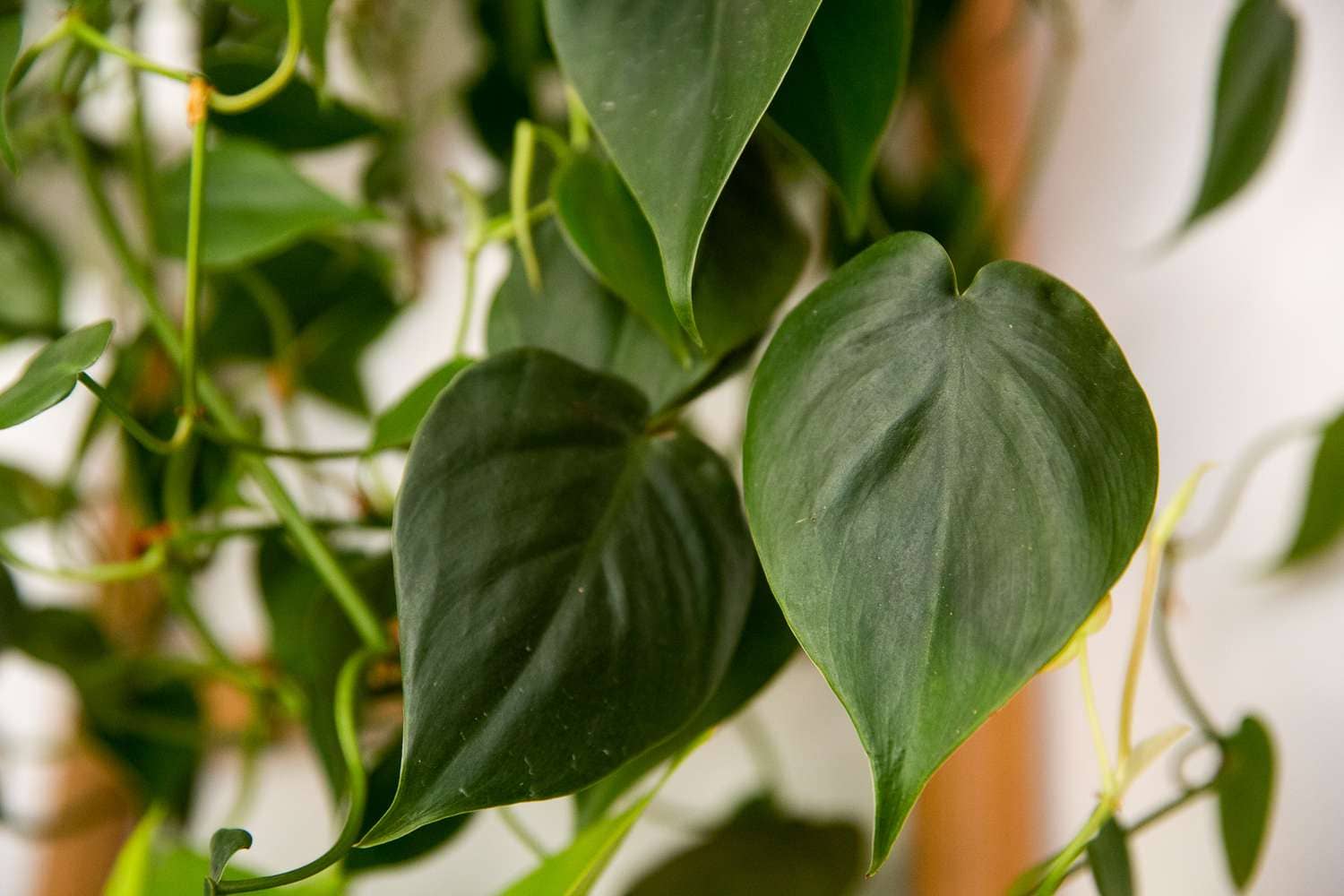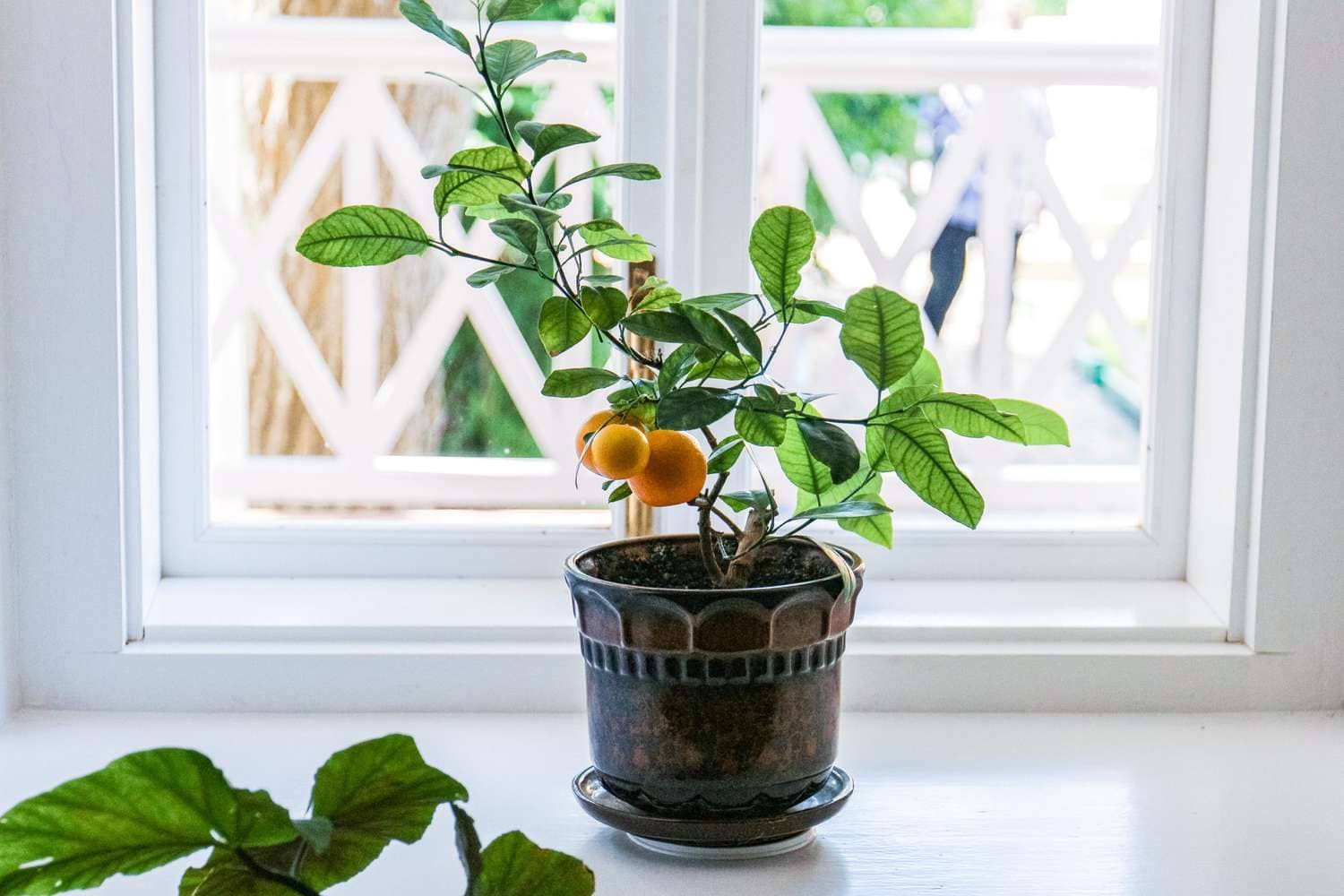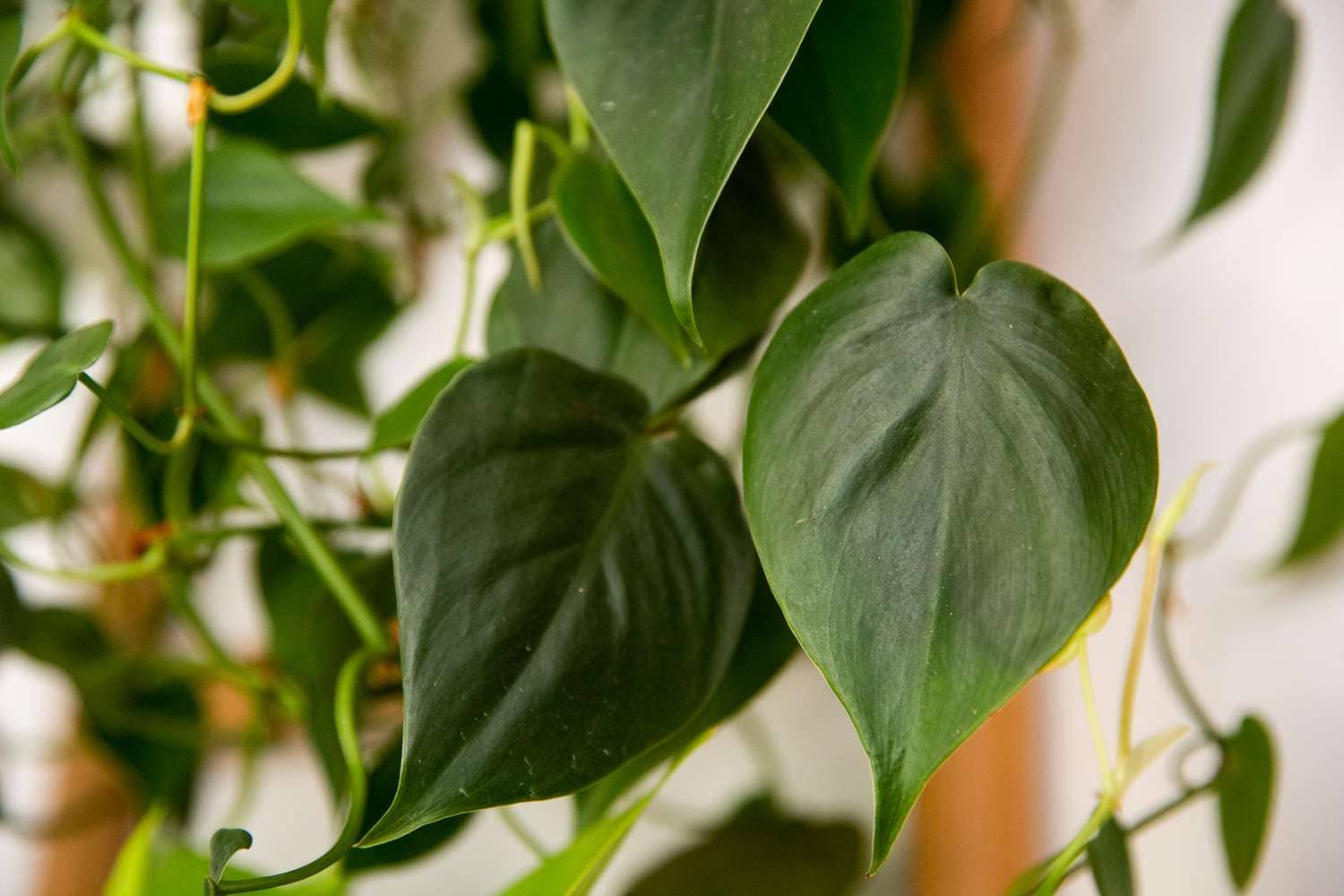Euphorbia cacti, often referred to as “cacti” due to their resemblance to true cacti, are a diverse group of succulent plants known for their striking shapes, vibrant colors, and low-maintenance care requirements. Originating from various regions around the world, including Africa, Madagascar, and the Americas, Euphorbia cacti have become popular choices for indoor and outdoor cultivation, adding unique character to gardens, landscapes, and interior spaces. In this comprehensive guide, we’ll delve into the fascinating world of Euphorbia cacti, exploring their characteristics, cultivation techniques, and tips for optimal care.
Characteristics of Euphorbia Cacti:
Euphorbia cacti exhibit a wide range of shapes, sizes, and growth habits, making them versatile additions to any plant collection. While they share some similarities with true cacti, such as their succulent nature and drought tolerance, Euphorbia cacti belong to the Euphorbiaceae family and are not botanically classified as cacti. Some common characteristics of Euphorbia cacti include:
- Stem Diversity: Euphorbia cacti display a variety of stem shapes, including cylindrical, ribbed, columnar, and branching forms. Some species produce densely clustered stems, while others have solitary, tree-like growth habits.
- Spines and Thorns: Many Euphorbia cacti feature spines or thorns along their stems, which serve various purposes, including defense against herbivores and protection from excessive sunlight. However, not all species of Euphorbia cacti have spines, and some may instead have smooth or waxy stems.
- Flowers: Euphorbia cacti produce unique, often showy flowers in a wide range of colors, including yellow, orange, red, and pink. The flowers are typically small and appear in clusters or inflorescences at the tips of the stems.
- Sap: A distinctive characteristic of Euphorbia cacti is their milky white sap, known as latex, which can be toxic or irritating to the skin and eyes. It is important to handle Euphorbia cacti with care and avoid contact with the sap.
Cultivation and Care:
Cultivating Euphorbia cacti is relatively straightforward, provided they are given the proper growing conditions and care. Here are some essential tips for successfully growing and caring for these unique succulents:
- Light: Euphorbia cacti thrive in bright, indirect sunlight. Place them near south or west-facing windows where they can receive ample sunlight without being exposed to direct sun, which can cause sunburn or damage the stems.
- Temperature: Most Euphorbia cacti prefer warm temperatures and are sensitive to cold drafts or sudden temperature fluctuations. Maintain a consistent temperature range of 65°F to 80°F (18°C to 27°C) year-round, protecting them from frost during the winter months.
- Soil: Use a well-draining, sandy or gritty potting mix specifically formulated for succulents and cacti. Avoid heavy, moisture-retentive soils, as they can lead to root rot and other moisture-related issues.
- Watering: Allow the soil to dry out completely between waterings, then water thoroughly until excess water drains from the bottom of the pot. During the winter months, reduce watering frequency to prevent waterlogged conditions.
- Humidity: Euphorbia cacti ,However they may benefit from occasional misting or placing a humidity tray filled with water and pebbles beneath the pot to increase humidity around the plant.
- Fertilization: Feed Euphorbia cacti with a balanced, water-soluble fertilizer diluted to half-strength every 4-6 weeks during the growing season (spring and summer). Avoid fertilizing during the winter months when growth slows down.
- Potting and Repotting: Repot Euphorbia cacti every 2-3 years or when they outgrow their containers. Choose pots with drainage holes to ensure proper drainage, and use fresh potting mix to replenish nutrients and improve soil structure.
- Pruning: Remove any dead or damaged stems, as well as spent flowers, to promote healthy growth and maintain the plant’s shape and appearance. Wear gloves when handling Euphorbia cacti to avoid contact with the sap.
Common Varieties of Euphorbia Cacti:
Euphorbia cacti encompass a vast array of species and cultivars, each with its own unique characteristics and appeal. Some popular varieties include:
- Euphorbia trigona (African Milk Tree):
- Known for its upright, branching stems and triangular cross-sections, Euphorbia trigona is a striking addition to any succulent collection.
- Euphorbia lactea (Dragon Bones Tree):
- This species features intricately patterned stems resembling dragon scales, with contrasting colors of green and white.
- Euphorbia obesa (Baseball Plant):
- With its spherical, globe-shaped stems, Euphorbia obesa resembles a baseball or melon, earning it the nickname “Baseball Plant.”
- Euphorbia horrida (African Milk Barrel):
- Characterized by its dense, spiny stems and rounded silhouette, Euphorbia horrida is a hardy and drought-tolerant species.
Conclusion:
Euphorbia cacti, with their diverse forms, striking colors, and low-maintenance care requirements, offer endless possibilities for gardeners and plant enthusiasts alike. By providing the proper growing conditions and care, you can enjoy the beauty and resilience of these unique succulents, whether as focal points in a garden landscape, statement pieces in interior décor, or additions to a thriving succulent collection.

